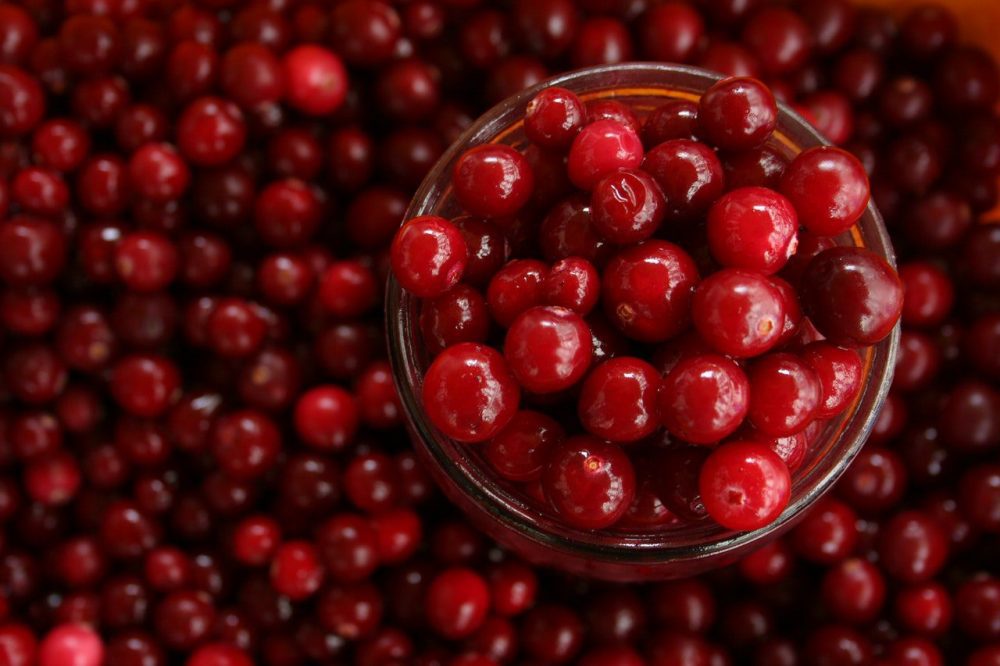It is time for cranberries! No, not the hit band - we're talking about the delicious fruit cranberry, today.
Now that autumn is here, it's safe to say that you’ll be seeing cranberries on every corner. Native to North America, these berries have every right to all the hype they receive since they've been a part of the indigenous people’s culture for thousands of years.

Pexels | Did you know that cranberries were actually used to treat arrow wounds and are an important ingredient for pemmican?
Now cranberries are still seen as useful since they are known for their therapeutic benefits such as preventing urinary tract infection. This means that the berries have the ability to challenge and stop the bacteria from attaching themselves to the urinary tract. Cranberries are also helpful in avoiding cavities and boosting your digestive health. Not to mention, they are full of antioxidants like Vitamin C, E, and fiber.
So, apart from cranberry sauce, how can you make use of the cranberries?
1. Make It A Smoothie
There's nothing like waking up in the morning and whipping up a good ol’ smoothie for the day. Simply put 1 cup of Greek yogurt with a banana and ½ cup of frozen cranberries. To add a touch of sweetness, add a bit of honey. If you feel like adding something more, you can use the protein powder and flax seeds for that extra protein and fiber boost.

Pexels | Enjoy this tasty concoction in the morning before starting your day
2. Cranberry Mouthwash
As mentioned earlier, cranberries can fight off cavities so a cranberry mouthwash definitely sounds like a good idea! Simply take ¾ cup of water, add in ¼ cup of unsweetened 100% cranberry juice, 1 tablespoon of baking soda, et voilà, you’re done! Give a good mix and use it 3 times a day for best results.
3. Dry Scalp? No More
Cranberries just might become the savior fruit as winters are coming. And you know they bring with them two things only: cold and dryness. While the cold is easily fixable with a heater, a dry scalp can definitely be annoying.
So, the best way to deal with it is by combining ¼ cup of water, 100% unsweetened cranberry juice 1 cup, and ¼ cup of witch hazel. Mix well and place it in a spray bottle. Spray onto the scalp generously, leave overnight, and wash the hair in the morning.

Pexels | Make use of cranberries to bid the itchiness adieu
So what are you waiting for?
It's time to head down to your nearest farmers market to grab some cranberries!













